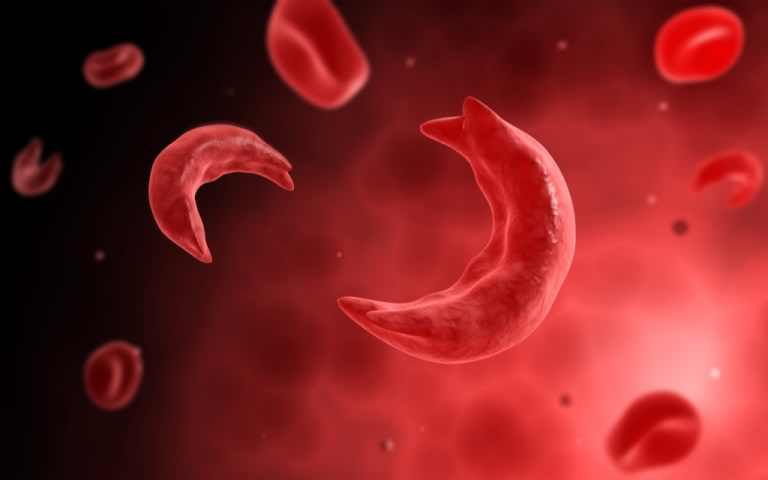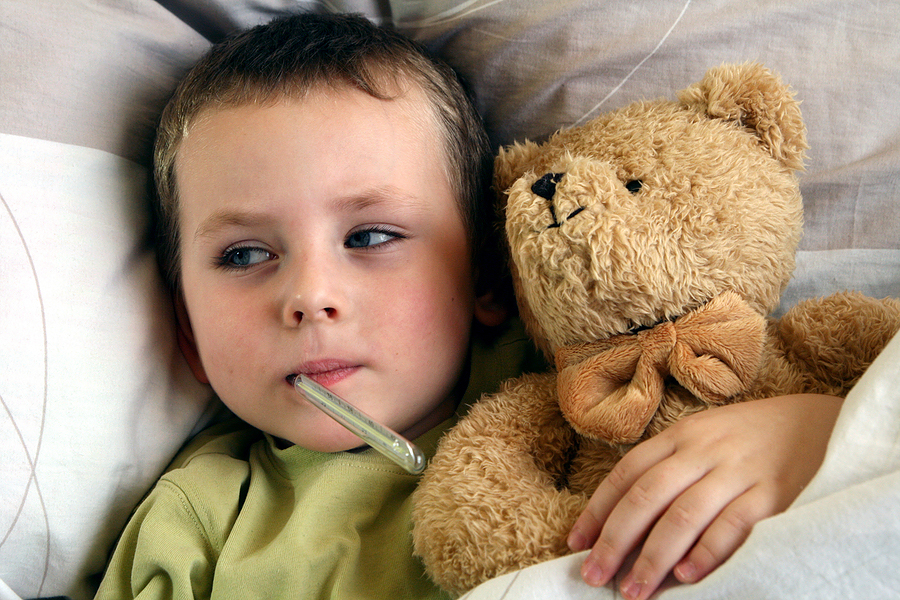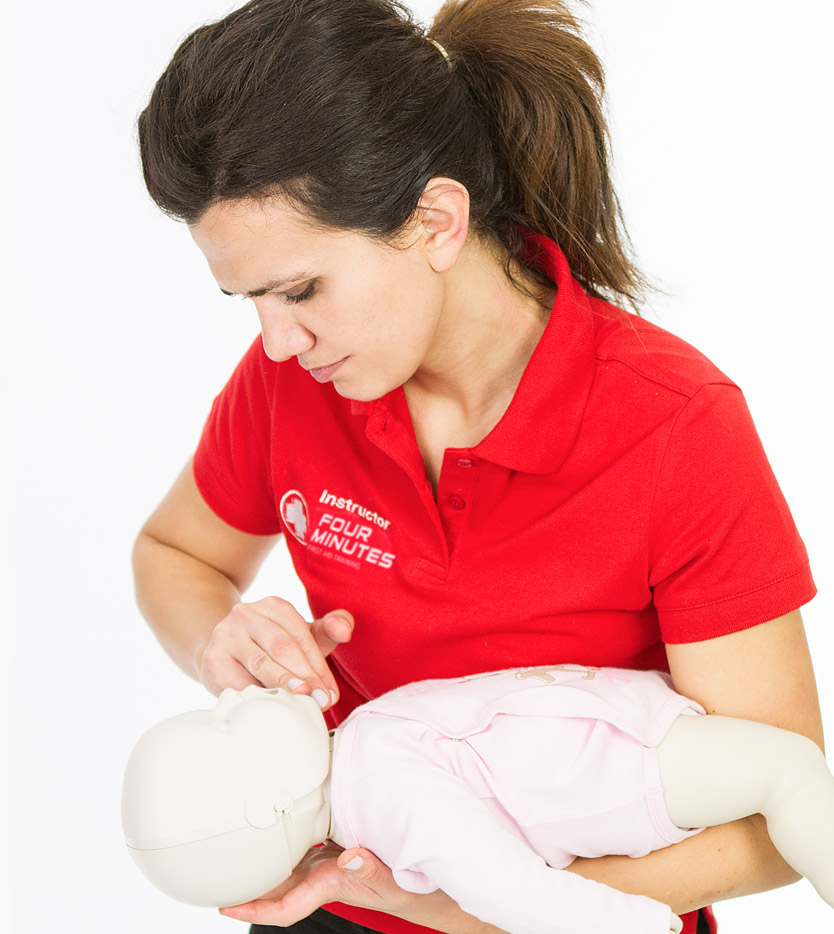The sight of your child having a fit or seizure can be very frightening, but…

The Sickle Cell disorder affects the haemoglobin in red blood cells which carry oxygen from the lungs to all parts of the body. Normal blood cells live for 120 days; red blood cells containing sickle haemoglobin do not live long therefore causing anaemia.
When sickle haemoglobin gives oxygen to the tissues, it sticks together inside the red blood cells making the cells rigid and sickle-shaped (normal red blood cells can bend and flex easily). Symptoms usually start after the age of four to six months.
Symptoms can sometimes include thirst, or the eyes turning yellow (jaundice), or by the child being more irritable or tired than usual. There are no easily detectable signs of sickle pain, so children known to have sickle cell disorder who say they are in pain must be taken seriously and diagnosed by a doctor.
Common symptoms can include:
- Pain – in the arms, legs, back and stomach sometimes this pain is quite severe.
- Swelling of the hands and feet.
- Stiff painful joints.
- Extreme tiredness.
- Episodes of severe pain are known as “crisis”. Boys may get priapism, which is a painful, stiff penis, often noticed as pain in the groin (this can lead to impotence).
Pain and discomfort can also be triggered by the following conditions; infections, thirst and dehydration, over-exertion, over-excitement, cold weather, cold drinks, swimming, bangs, bumps, bruises and strains.
The main conditions associated with the Sickle Cell Disorder include anaemia and mild jaundice. Anaemia is quite common in children with sickle cell disorder. The majority of the time the child will feel fine but if the anaemia gets worse they may feel tired and unwell. Mild jaundice (yellowing in the whites of the eyes) is common and is not a cause for concern unless it becomes noticeably worse.
Someone with sickle cell disorders is at risk of developing severe infections. Taking penicillin does not reduce the general risk, but it does mean that the body can generally resist dangerous pneumococcal infections that everyone is prone to, and gives time for medical attention to be sought before the condition becomes critical.
There are several practical steps you should take to help reduce the frequency and severity of sickle cell crisis.
- Make sure the Child does not become dehydrated.
- Ensure the child does not become over tired. Encourage him or her to rest whenever he or she feels tired.
- Make sure the child is always warm and dry. The condition may get worse in the cold and wet. Sudden changes of temperature must be avoided.
You can ease pain by:
- Providing warmth, (probably by increasing the blood flow).
- Massaging and rubbing.
- Heat from hot water bottles and deep heat creams.
- Bandaging to support the painful region.
- Resting the body.
- Getting the child to relax, by deep breathing exercises and distracting attention, and by other psychological methods.
- Pain-killing medicines (analgesics), which can be used at home such as paracetamol.
Someone having a crisis will suddenly become unwell or complain of severe abdominal or chest pain, headache, and stiffness of the neck or drowsiness. Activate EMS immediately. A child having a sickle cell crisis needs urgent hospital treatment.


